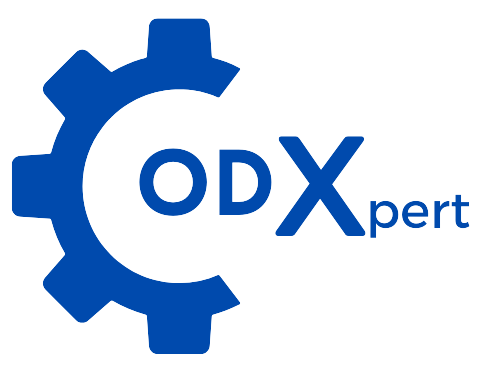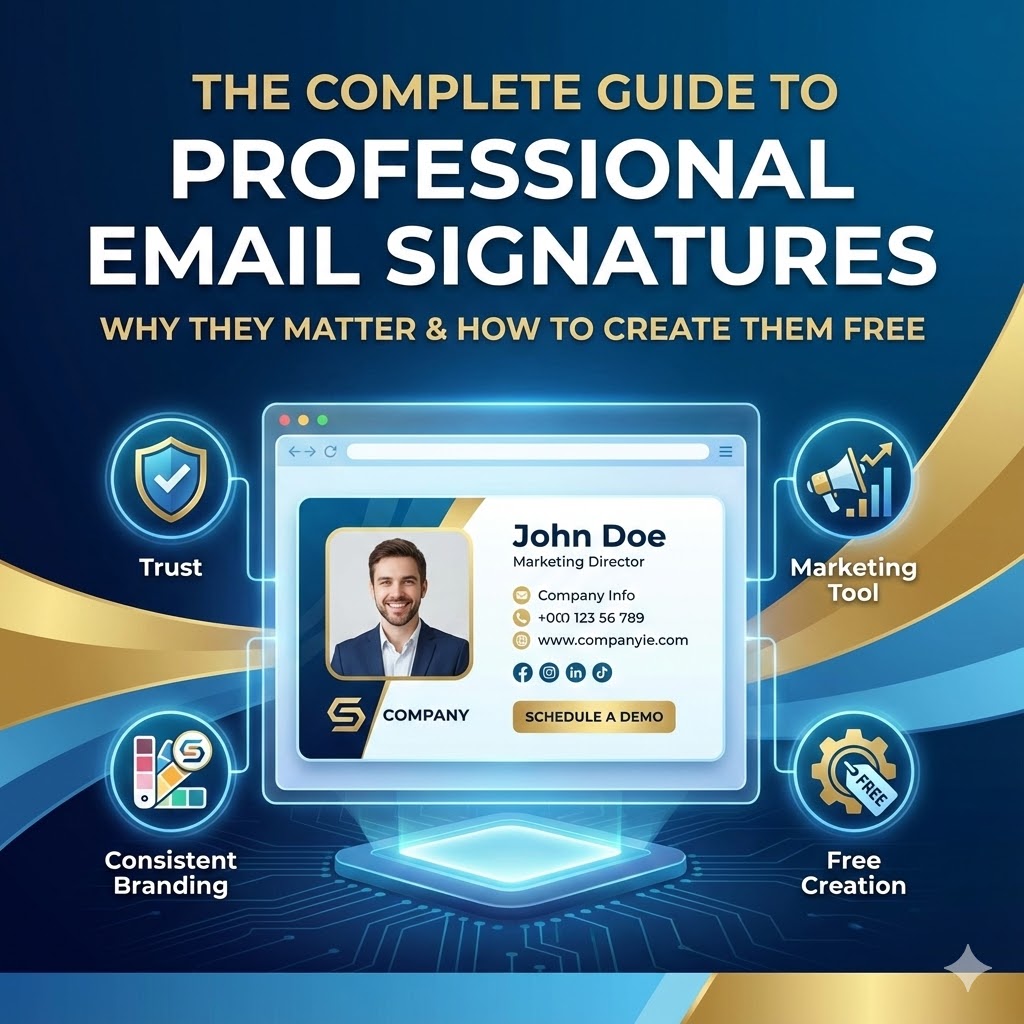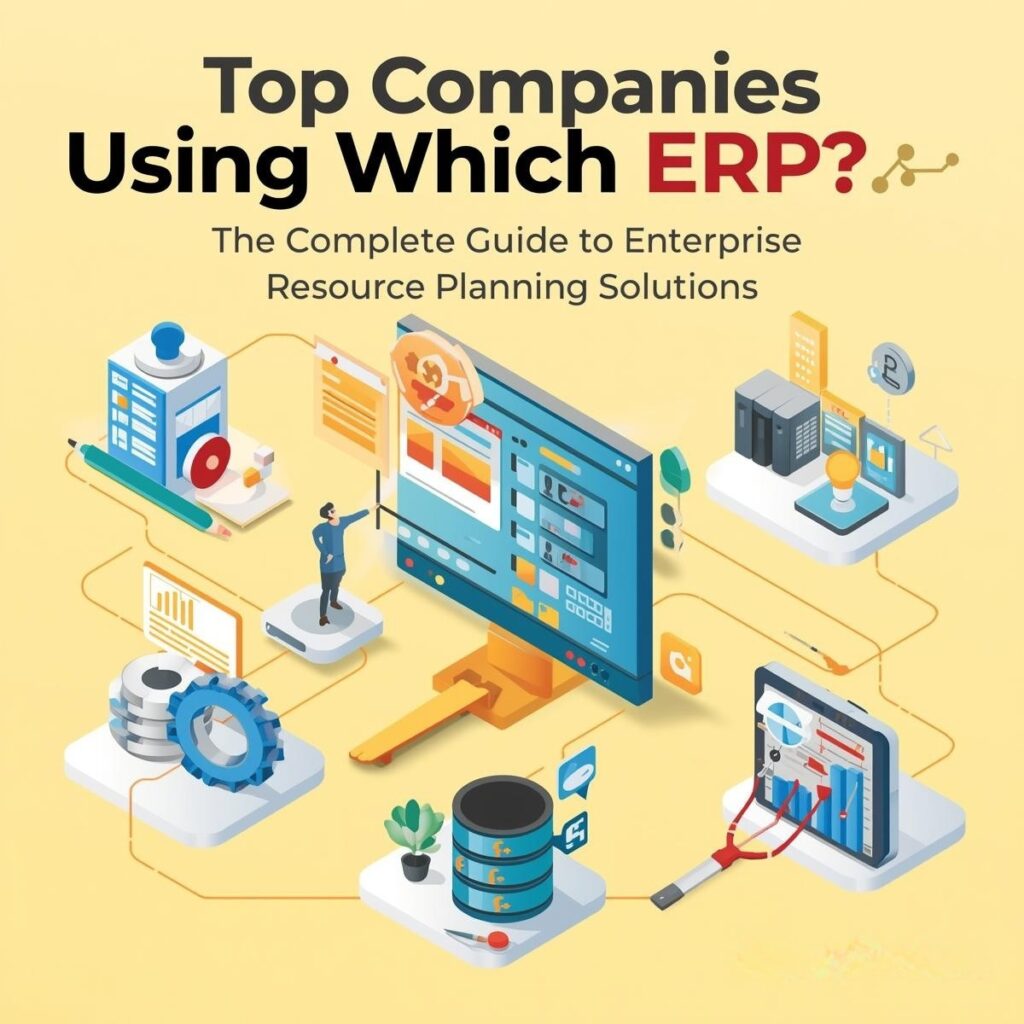Imagine Getting Left Behind in an AI Search Surge
Picture this : You open your analytics dashboard and watch, almost in disbelief, as site visits to competitors’ pages on “AI” topics skyrocket—while yours barely budge. You know AI is the future. You’ve built powerful AI solutions. But when prospective customers Google “AI for [your industry],” they never see your name.
Why? Because Google, Bing, and even the latest large language model chatbots—for better or worse—decide which voices get heard. If you don’t rank, you’re invisible. In the AI gold rush, getting to the top isn’t just about “keywords.” It’s about trust, expertise, and showing up where your customers are searching—whether that's traditional engines, AI chatbots, or voice assistants. So, how do you make your business rank for AI, today and tomorrow?
Understanding ‘Ranking for AI’—It’s Not Just About Google Anymore

Let’s get something straight: “Ranking for AI” is bigger than showing up on Google’s first page.
There’s now a web of ranking opportunities:
- Traditional search engines (Google, Bing) : Still critical, especially for high-volume AI queries.
- AI-powered search/chatbots (like ChatGPT, Perplexity, Bing Copilot) : These tools assemble answers from across the web, often citing sources. Being cited here means being seen.
- Vertical and in-app searches (LinkedIn, Quora, app stores) : B2B buyers often research AI solutions within trusted platforms.
Each has its own rules. But the basics hold true: Deliver relevant, authoritative, trustworthy content your audience actually finds helpful.
Step 1 : Start with Your Customers’ Real AI Problems
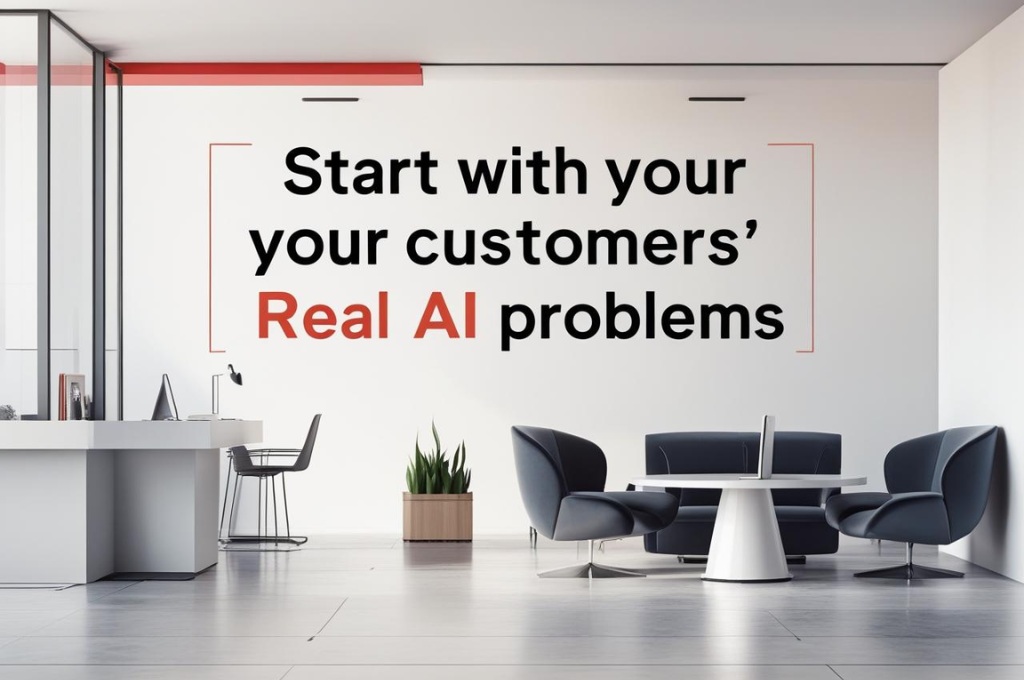
You can’t “rank for AI” by simply peppering your site with the term “artificial intelligence.” Instead, think about how AI shows up for your customer.
Ask yourself:
- What problems are your buyers trying to solve with AI?
- What questions do they type (or say!) with “AI” in them?
- What outcomes do they hope for, and what fears do they have about AI?
For example, a small manufacturer might search for “how to use AI to reduce downtime,” while a CMO might ask, “What are the best AI content tools for B2B marketing?”
Action Tip : Interview a few customers or listen to recent sales calls. Note the exact phrases and concerns they raise about AI. Use these to create content that meets them where they are.
Step 2 : Identify the AI Keyword Landscape—More Than Just “AI”
A rookie mistake is to focus only on big, generic phrases like “AI.” But it’s the long-tail—specific, intent-driven searches—where the magic happens. These queries are closer to purchase intent and less competitive.
How to find them :
- Use tools like Google’s Keyword Planner, SEMrush, or Ahrefs to see what your audience searches for—including “AI for [industry],” “best AI tools for [task],” etc.
- Pay attention to autocomplete suggestions, People Also Ask boxes, and related searches.
- Search forums (Reddit, Stack Overflow, Quora) and LinkedIn—to spot real search language in the wild.
Examples of high-value, specific AI keywords :
- “AI for financial forecasting in construction”
- “AI-powered customer service for ecommerce”
- “Risks of implementing AI in healthcare”
Focus your strategy around these, not just the glitzy headline terms.

Step 3 : Build Authority-Centric AI Content—That Actually Deserves to Rank
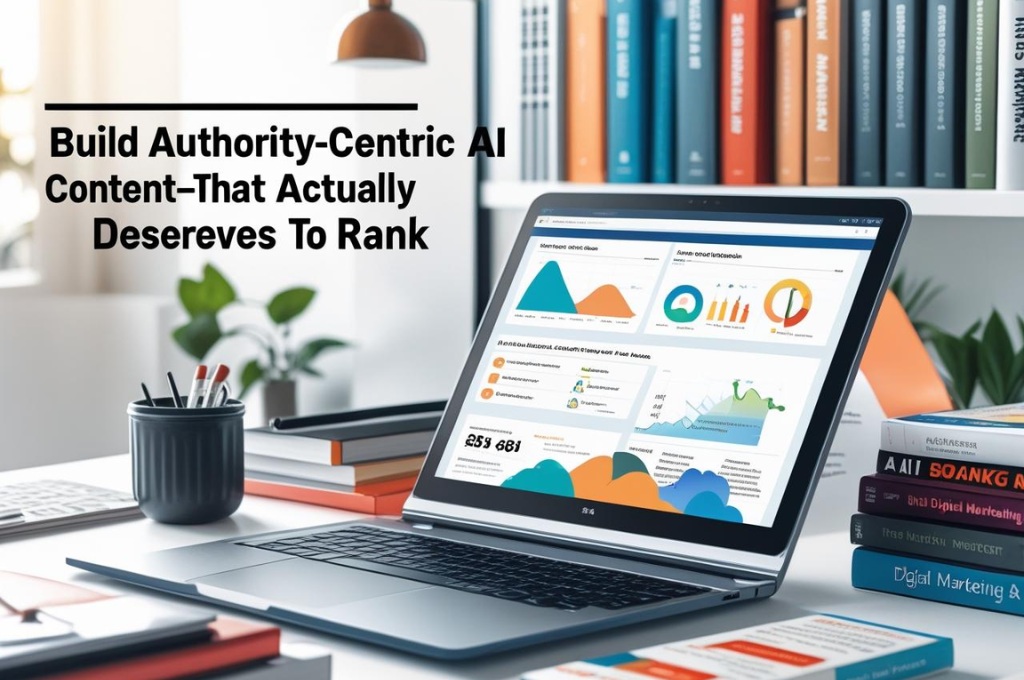
If you want to rank (for Google and AI assistants), your content must be:
- Authoritative: Demonstrate deep expertise and first-hand knowledge.
- Up-to-date: AI moves fast—outdated content is penalized (and ignored by AI tools).
- Actionable: Provide clear steps, frameworks, or real examples.
- Trustworthy: Cite credible sources and back up every claim.
Content Types That Work
- How-to guides and step-by-step explainers (“Implementing AI chatbots in retail”)
- Case studies and customer success stories
- Comparison reviews of top AI solutions
- Thought leadership on trends, ethics, or future impact of AI
- FAQ pages that answer common buyer questions about AI
Analogy Time: Think of your AI content as the “top shelf” in a bookstore—authoritative, easy to find, and referenced by others.
Don’t Try to Game the System
Keyword stuffing, thin content, or copying what’s already out there will tank your rankings. Both search engines and AI chatbots now reward originality and true expertise.
Step 4 : Prove Your E-E-A-T for AI
Google and AI assistants look for sites with strong E-E-A-T (Experience, Expertise, Authoritativeness, Trustworthiness)—especially on technical or YMYL (Your Money, Your Life) topics like AI.
How to boost your E-E-A-T :
- Make sure your content is written or reviewed by actual AI practitioners.
- Include author bios and credentials.
- Share transparent case studies with measurable outcomes.
- Get cited by reputable third-party sites.
- Keep your site up-to-date, with clear editorial standards.
Tip : If you have partnerships, certifications, or awards in AI, highlight them on your site.

Step 5 : Optimize for Both Human and Machine Readers

Remember, your audience is twofold—the end user and the search algorithm (human or AI-powered). You want your content to be readable and scannable, but also structured for machines to understand its relevance.
Human-Friendly Tips
- Short paragraphs, clear headings, and bite-sized lists.
- Plain English, no unnecessary jargon (and define terms if you must use them).
- Real-world examples and analogies.
Machine-Friendly Tips
- Use schema markup (structured data) to help Google and AI tools understand your content type (article, FAQ, review, etc.).
- Make your site lightning fast and mobile-friendly.
- Use clear meta descriptions and title tags with your target keywords.
Think of it as writing a cookbook : The steps must be clear for humans to follow, but also formatted so a machine—like a voice assistant—can extract a recipe on demand.
Step 6 : Be Where the AI Decision-Makers Are Searching
Remember, not all your prospects start with Google.
- LinkedIn: AI buyers research solutions and vendors here. Publish thought pieces, how-tos, and case studies.
- YouTube: Tutorials on AI tools, demos, or Q&A sessions attract high-intent researchers.
- Quora/Reddit: Answer real AI questions with thoughtful, non-salesy advice (linking back only when it’s truly helpful).
- Industry forums: AI professionals trust advice from peers; participate in discussions, webinars, or podcasts.
Multi-channel presence increases your odds of being referenced by both humans and AI chatbots.

Step 7 : Attract Citations—The Secret AI Ranking Factor

AI chatbots and search assistants pull from sources they “trust.” The more your site is cited by reputable publications, the likelier you are to be referenced in AI-generated answers.
How to earn citations :
- Publish original research, benchmarks, or surveys on AI’s impact in your field.
- Co-author whitepapers with industry experts.
- Pitch insights or quotes to journalists covering AI.
- Support your claims with data—and make it easy for others to link to you.
Step 8 : Monitor, Measure, and Adapt to AI Search Changes
Search—and especially “AI search”—moves quickly. Track how your content performs and adapt as new opportunities emerge.
What to measure :
- Keyword rankings in both search engines and AI-powered chat results.
- Mentions or citations of your brand/content across the web.
- Engagement metrics: clicks, time on page, conversions from AI-related pages.
Pro Tip : Use tools like Google Search Console, Bing Webmaster Tools, and even Bing Copilot or Perplexity to see if your content is being surfaced or cited.

Step 9 : Embrace Generative AI for Content Creation - But Don’t Rely on It Alone

AI can be your ally. Use it to:
- Brainstorm content topics or outlines.
- Draft summaries or FAQs.
- Repurpose transcripts from webinars, podcasts, or interviews.
But remember : Human expertise, review, and editing are essential. AI-generated content is only as good as the data and experience behind it.
Analogy : Think of AI as your writing assistant, not your editor-in-chief.
Bonus: The Future—Optimizing for AI Agents and Voice Search
More business buyers are using voice (e.g., Siri, Alexa) and AI-powered agents to find recommendations. Optimize for conversational queries:
- Write content in a question-and-answer format.
- Use natural, easy-to-understand language.
- Anticipate variations (e.g., “What’s the best AI for small business payroll?”).
Getting featured as a quick, authoritative answer may mean your brand is “the one” an AI agent recommends.
Pros and Cons : The New World of “AI Ranking”
| Pros | Cons |
|---|---|
| Opens new channels to reach high-intent buyers | Search landscape constantly changing |
| Establishes you as a thought leader in your field | More competition and “noise” in AI topics |
| Drives qualified traffic to your business | Requires ongoing investment and expertise |
| Future-proofs your brand as digital habits evolve | Harder to “game”—genuine authority is a must |
Take Action: Start Ranking for AI—Before Your Competition
AI-driven search is a once-in-a-generation opportunity to position your business as a trusted leader—not just for today’s queries, but tomorrow’s.
What to do next :
- Talk to your customers. Understand their real AI goals and anxieties.
- Inventory your content. Where are the gaps in answering key AI questions?
- Start creating—one helpful, authoritative, truly useful AI resource at a time.
- Monitor your progress, stay curious, and be ready to adapt.
The winners in the AI revolution won’t be the loudest or flashiest – they’ll be the most helpful and trustworthy.
So ask yourself : When your next customer searches for AI solutions, will they find you—or your competitor?
FAQs : How to Rank for AI
What does it mean to “rank for AI” in today’s search landscape?
Ranking for AI now goes beyond traditional search engines like Google. It includes being featured in AI-powered answers, chatbots, and vertical search platforms. You want your content to be trusted—and referenced—by both humans and intelligent systems.
How do I find the right AI-related keywords for my business?
Focus on long-tail keywords that reflect your audience’s specific needs, such as “AI for marketing automation” or “AI in healthcare claims processing.” Use keyword research tools, analyze autocomplete suggestions, and monitor forums where your customers discuss AI challenges.
What types of content perform best for AI-related queries?
Authoritative guides, step-by-step how-tos, case studies, comparison reviews, and FAQs backed by real-world experience all tend to perform well. Consistently updating and citing your content helps build trust and authority.
How can I demonstrate trust and expertise (E-E-A-T) for AI topics?
Showcase experience through expert bylines, detailed case studies, third-party mentions, industry certifications, and transparent sourcing. Keeping content accurate, current, and customer-centric is key.
Is it important to optimize content for both humans and AI algorithms?
Absolutely. Use clear headings, short paragraphs, and plain language for human readers, while applying structured data (schema markup) and keyword-rich metadata for AI and search engines.
How can I earn citations and mentions from authoritative sources?
Publish original research, partner with industry experts, and contribute thoughtful commentary on relevant forums. High-quality external links and genuine insights increase your content’s visibility and credibility.
Should I use AI tools to help create content?
AI tools are excellent for brainstorming, drafting, and content repurposing. However, all published content should be reviewed and refined by domain experts to ensure it’s both accurate and unique.
How do I keep up with changes in AI search and ranking?
Regularly monitor your analytics, track mentions of your brand and content, and stay informed about changes in search engine and AI assistant algorithms. Adapting your strategy early keeps you ahead of the competition.
